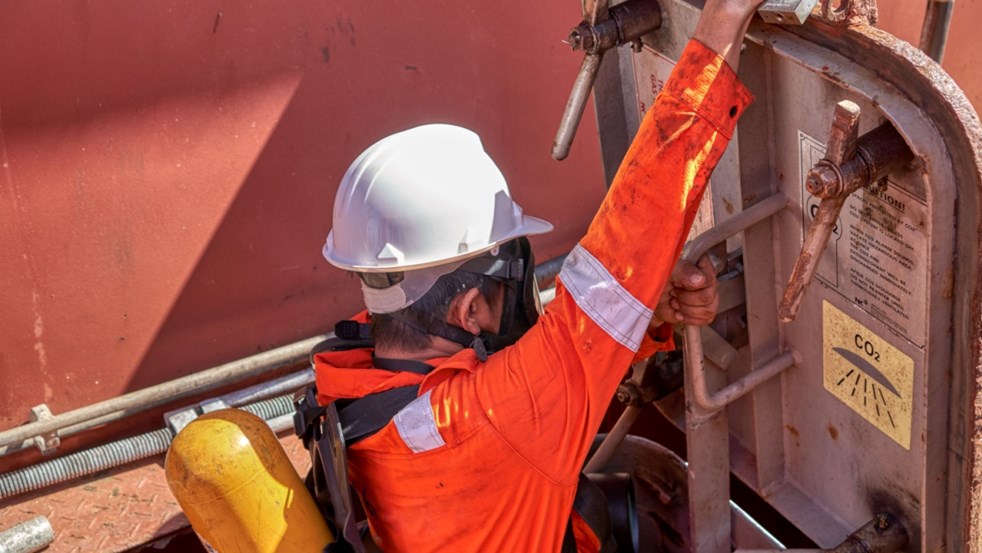The shipping industry is now making the final preparation for the compliance with the IMO 0.50% sulphur cap with less than a month to go before the new regulation takes effect on 1 January 2020. Skuld would like to advice its members on the risk for the IMO 2020 regulation, particularly to the crew onboard who will be cleaning the tanks if the vessel will use compliant fuel.
With the 2020 deadline approaching, members are advised to be mindful in preparation for the safety of the crew onboard. Fuel oil tanks are not really designed for human intervention for cleaning, there are lots of compartments and the crew onboard may not be familiar with the design of the fuel tanks which makes this a trap for them.
One of the major causes of fatalities onboard during tank cleaning is death due to hydrocarbon vapours and deficient in oxygen in the tank. It is the responsibility of the Master of the vessel or Officer in charge to carry out the tank cleaning procedure in a safe manner and in accordance with the company safety procedure and safety guidelines.
Some precautionary measures the vessel should take before tanks are entered for cleaning:
- Carry out toolbox meeting
- Make a risk assessment
- Ventilate the tank thoroughly
- The atmosphere of the tank should be tested for percentage of oxygen and presence of any toxic gases
- A detailed work plan should be in place, including how many persons will enter the tank for cleaning, person in charge, person(s) on look out or stand by and duration of the work
All crew who will enter the tanks should be properly briefed about the risk involved, the proper donning of breathing apparatus and means of rescue procedures. The Officer in charge for the tank cleaning should make a proper risk assessment taking into account the danger involved.
While carrying out tank cleaning the crew should never enter the tank without proper PPE. The crew should prepare all necessary equipment and tools required for work to avoid searching or asking for tools after they enter the tank. The person outside the tanks or look out should have frequent communication by voice or by VHF radio to make sure that the people inside the tank are safe and sound. The area should be properly illuminated using a flame proof lamp or anti-static lamp. It is important not to use any kind of lights which can be a source of fire. Ensure that the supply and exhaust of air from the ventilation is continuous to have fresh air and to get rid of toxic gases. The crew should take extra precaution if they will use chemicals in cleaning, MSDS should be available, first aid kit and medicines should be place-ready for immediate use. The Officer in charge should place a precaution notice in the area of the valves and pumps, lock tag should be in place to avoid any accidental operation while cleaning is in progress. The crew should have breaks at regular intervals to avoid being exhausted. It is advisable to have rotation of the crew in cleaning the tanks.
IMO has guidance on the development of Ship Implementation Plan (MEPC.1 /Circ. 878) on tank cleaning, risk assessment and impact on machinery system.
